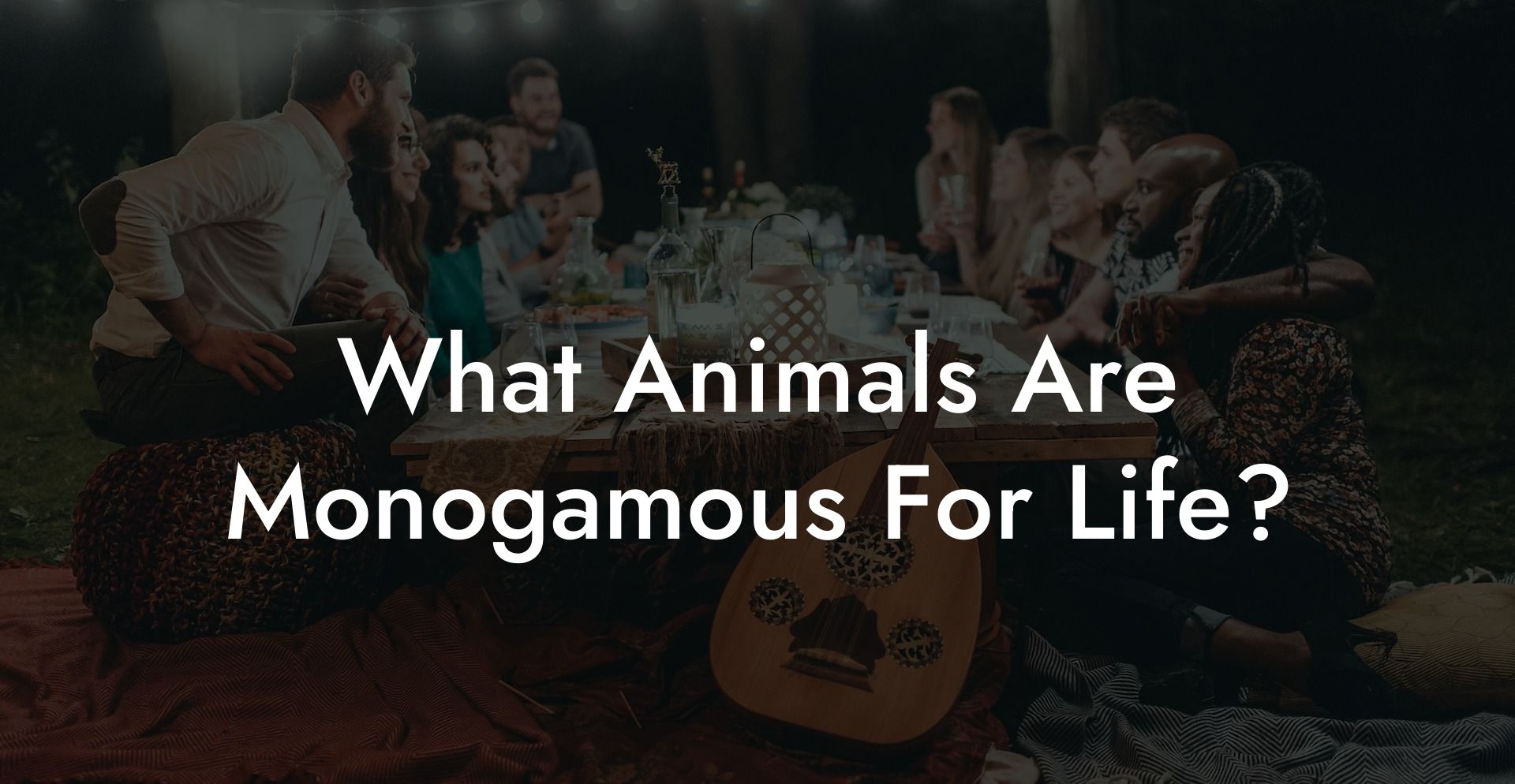When we think about love and relationships, our minds often wander towards fairy tale romances and happily ever afters. However, monogamy and lifetime partnerships are not just limited to humans. Believe it or not, various animal species also follow monogamous patterns and maintain long-lasting relationships with their partners. So what can we learn from these monogamous creatures? Could understanding their behavior give us insights into the complex world of human relationships? In this article, we will explore the fascinating world of monogamous animals and the species that mate for life.
What Animals Are Monogamous For Life Table of Contents
Monogamy in animals is defined as a form of mating system in which a single pair-bond forms between two individuals, leading to a close association and often lasting for the entire breeding season or even for life. While rare, existing across only around three to five percent of all mammal species, animal monogamy offers a fascinating insight into how some species prefer a stable and long-lasting relationship for the overall success of reproduction and survival. Below, we discuss several examples of animals that are monogamous for life:
Swans
Famously recognized for their grace and beauty, swans are renowned for their long-lasting relationships. Once a male and female swan form a pair-bond, they remain together for life. They work together to build nests, protect their territory, and take care of their offspring.
Gibbons
Unlike most other primates that display polygamous mating behavior, gibbons form stable monogamous pair-bonds that can last for many years. They spend most of their time together, engaging in grooming, play, and other social behaviors that help strengthen their bond.
Albatrosses
These majestic seabirds are famously known for their elaborate courtship rituals and monogamy. After finding a suitable partner, albatrosses form incredibly strong pair-bonds, nesting together and raising their offspring for life. This lifelong relationship is vital as they only breed once every couple of years.
Prairie Voles
These small rodents have become a primary model species for studying the neuroscience of monogamy. Prairie voles are highly social animals, often living in family groups and displaying strong bonds between mates, who share parenting duties and nest-building.
Wolves
Being pack animals, wolves develop strong social bonds that hold the pack together and ensure its survival. The mating pairs, typically the alpha male and female, are monogamous and maintain a dominant position within the pack to ensure their offspring's upbringing.
Barn Owls
Among bird species, barn owls are one of the few that form monogamous relationships. They stay together for life and tend to their families in a cooperative manner. Both the male and female barn owl assist in protecting and providing for their offspring.
Example
A true testament to animal monogamy is the heartwarming story of a pair of Magellanic penguins. In 2012, researchers discovered a penguin couple that had been faithfully returning to one another for 16 years. Despite annual journeys spanning 200,000 miles apart, the couple comes back every mating season to reunite and raise a new family together, showcasing a commitment that can endure even the most significant challenges.
The monogamous relationships displayed by these remarkable animal species challenge the notion that monogamy is unnatural or unsustainable. These creatures teach us that lifetime commitment can indeed thrive in nature, offering deep companionship and success in raising the next generation. So, as you keep exploring the wide-ranging world of relationships with The Monogamy Experiment, remember to consider the lessons brought to us by these faithful animals, and perhaps allow them to inspire an even more profound understanding of our own attempts at maintaining long-lasting connections.
If these extraordinary animal relationships have captivated you, don't forget to share this article with your friends and explore more in-depth insights into monogamy, non-monogamy, and polyamory here at The Monogamy Experiment.













